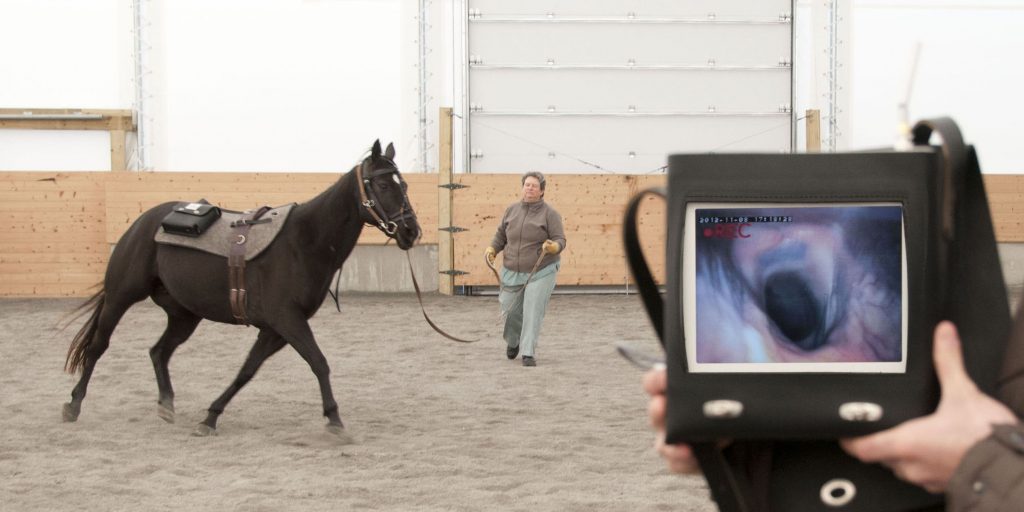Intermittent dorsal displacement of the soft palate (IDDSP)
The team at the Equine Hospital have the well-being of your horse as our primary objective. The information in
this document describes the problem and treatment of intermittent dorsal displacement of the soft palate (IDDSP). Our goal is to provide you with a better understanding of the problem and help you make the best treatment decision for your horse.
Five important issues to be considered in respect to IDDSP:
If your horse has a sudden decrease in speed in the last third of a race or if there is a strange respiratory noise (vibration or gurgling in the throat) or simply an intolerance to exercise then an IDDSP is possible.
For non racehorses in various other types of competitions or draft horses the symptoms can be variable and commonly include a change in performance and an unusual respiratory noise.
Around 20% of horses with IDDSP do not present with a respiratory noise during exercise.
The clinical signs are not specific to IDDSP and so there are many medical conditions that can cause these signs and affect your horse.
The origin of the IDDSP is not completely understood but we know that the problem is caused by a dysfunction of the throat between the caudal edge of the soft palate and the larynx. The soft palate displaces above the epiglottis and causes an obstruction of the airflow on expiration. IDDSP may be a primary problem in the throat or it may be secondary to another cause not related to the throat. IDDSP has been observed secondary to horses with lower respiratory disease (problems with the lungs) or a lameness that causes excessive fatigue.
A definitive diagnosis can be difficult because the displacement is intermittent and may only
appear during intense exercise.
The problem is suspected based on the clinical signs described above. The best method of diagnosis is to visualize the displacement by having a camera placed in the nose (endoscope) when the horse is exercising. This can be done on a treadmill or by a portable endoscope in the field. This equipment is currently available at the equine hospital of the University of Montreal. The choice of the type of examination (portable endoscopy or treadmill) depends on the clinical context and the type of exercise the horse does.
We know that there are a variety of problems or combinations of problems that can cause poor performance or respiratory noise and we recommend investigation into the exact cause of the problem. Once that is known then the appropriate treatment can be recommended to give your horse the best outcome.
Treatment is recommended once the diagnosis of IDDSP has been confirmed by portable endoscopy or treadmill exam and other problems have been excluded. Currently the treatment with the highest success rate (84% return to function) is a surgery to advance the larynx otherwise known as a ‘tie-forward’ surgery. The goal of surgery is to move the larynx forward and upwards to provide the maximum stability of the soft palate during exercise. This surgery is and has been performed by surgeons at the equine hospital at the University of Montreal for several years.
Commonly the time of rest required after the tie-forward surgery is around 2-3 weeks. After this time the horse can return to training in a progressive manner.
If you suspect your horse has an intermittent displacement of the soft palate we recommend that you communicate with your regular veterinarian so that they can evaluate your horse and communicate with us if further work-up or information is required.

